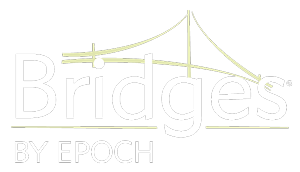By Katie Smith, Life Enrichment Director at Bridges® by EPOCH.
Some of the most powerful and heartwarming moments in our community happen when our residents are engaged in art or music-based activities. They’re much more than fun pastimes—they help people reconnect with themselves and others in ways that are hard to explain but easy to feel.
At Bridges®, creative expression is at the heart of our approach to dementia care. We look to creative activities to meet residents at their current stage of memory loss and bring joy into their daily lives. That’s something we focus on, not just here at Bridges® Westford, Massachusetts, but throughout all of our Bridges communities.
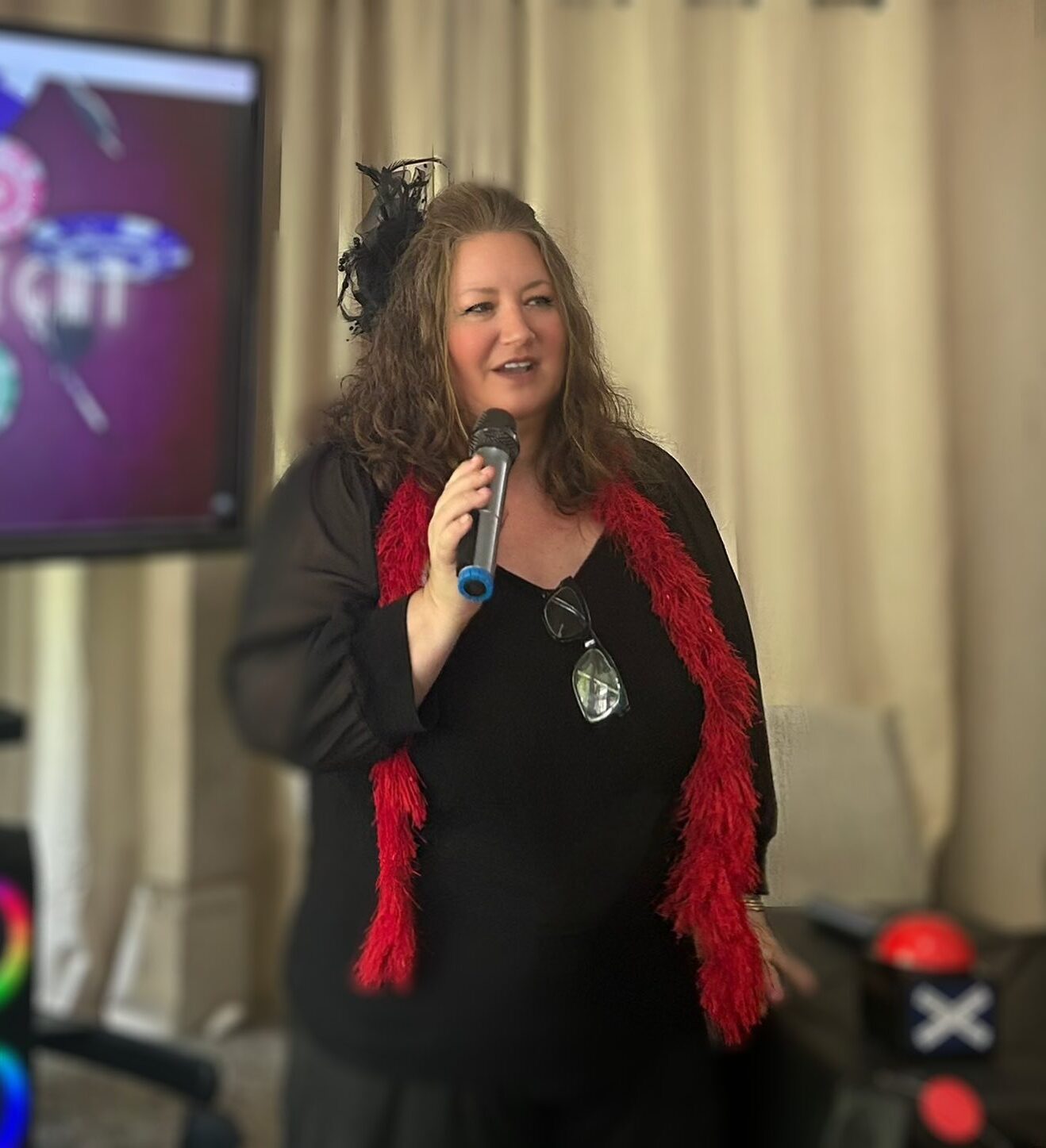
Katie Smith
Life Enrichment Director at Bridges Westford
Katie has decades of experience working with seniors, working her way from concierge all the way to Life Enrichment Director here at Bridges Westford. She has always felt working with seniors is her calling.
Why Art and Music Matter
Music and art have a way of cutting through confusion, frustration, or sadness to soothe an individual experiencing memory loss. I think, to be fair, we all see this in ourselves as we lean on our favorite songs or creative journaling to relieve stress.
These pastimes have the power to open something within. I’ve seen it time and time again. Someone who barely speaks will start humming along to a familiar tune. Another resident who usually keeps to herself will suddenly pick up a brush and create something beautiful.
I think music holds a particularly special power, perhaps because it is so often a shared experience. It brings people into a communal moment and sparks long-lost memories. A song from someone’s teenage years will often bring back more than just the melody and lyrics, transporting them to a different time and place.
There’s also the benefit of movement with music. Even simple moves, like tapping feet or waving or clapping hands, help with physical coordination. I’ve even read that music supports the body in more measurable ways. The calming effect we all intuitively feel when listening to favorite songs manifests in changes to our physical body. The heart rate slows, blood pressure can drop, and our brain releases endorphins that calm the body.
Music and Art in Memory Care
In a memory care community, the effects of these art and music-based activities can be transformative.
I’ve had residents who rarely speak join me in a karaoke session and sing every word of a Beatles song. I remember one daughter who was completely gobsmacked by her father’s enthusiasm. She didn’t think he would even stay in the room, but there he was, singing his heart out. Sometimes, it takes someone outside the family to help bring those abilities forward, to help a resident rediscover a spark.
Art offers a different kind of connection. It creates space to explore texture, color, and shape. It doesn’t require words, and the goal isn’t to make something perfect. One of my favorite projects involves making wreaths. I prepare the fabric in advance by adding a little essential oil, often something calming like lavender. That scent adds another sensory dimension to the experience. The fabric feels good in the hands, and each resident can participate at their own pace, with team members on hand to guide as needed.
Programs We Love at Bridges
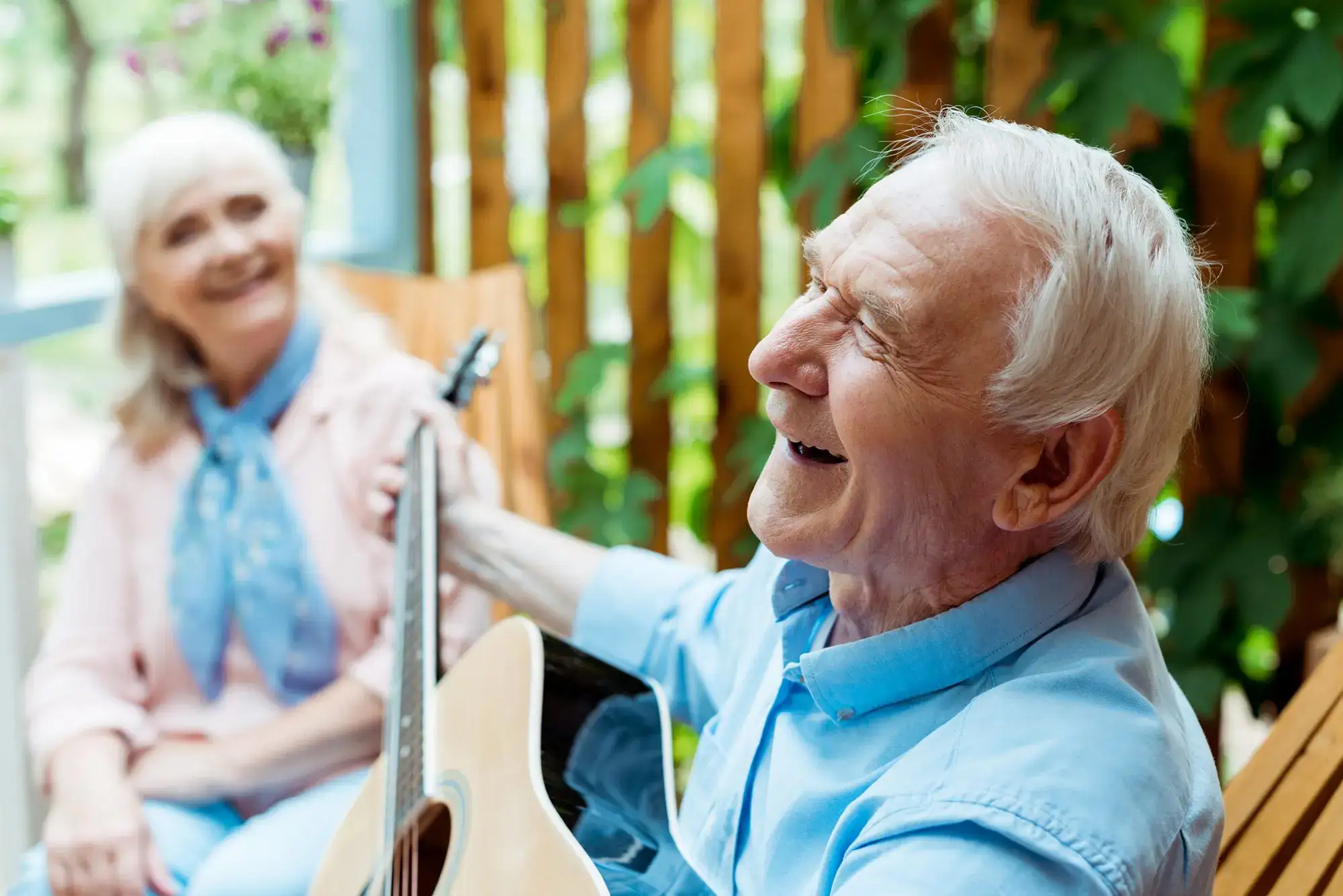
Artsy Activities
In our art sessions, we paint, we work with sensory materials, and we build seasonal crafts. Everyone gets involved in a different way. We make it easy to participate, even for someone who hasn’t held a paintbrush in years. Even if they can’t hold a brush anymore, we’ll find a way for them to take part.
Music at Bridges
Our music programs change depending on who’s in the room. We sing together, enjoy live music, and gather for one of our favorite sessions, Vintage Vinyl. We bring out the old records, let residents handle the sleeves, and play music they recognize right away. It’s honestly such a fun, simple experience as they laugh, remember, and enjoy the music together. It reminds them of how they would have experienced new music records in their youth.
It’s funny how tastes change, though. I’ve noticed a difference in playlists during my time in dementia care. We still play the crooner classics, but it’s 60s rock and roll that gets the biggest response. This change makes sense. The music that stays with us is often the music of our late teens and early twenties. So, now, the residents who are coming into memory care favor The Rolling Stones and Bob Dylan over Bing Crosby and Nat King Cole. It won’t be long before Duran Duran is the flavor of the day in our communities.
What We See in Our Residents
These programs make a difference to life in the community. They elevate residents in ways that feel lasting, with positive associations mattering so much in a memory care context.
Families notice the change. They appreciate having something to do together. When you’re visiting a loved one with dementia, it can be hard to know what to say, how to spend time, and how to avoid conflicts during the visit. Collaborative creative activities take that pressure off. You’re not focused on trying to have a conversation or delving into attempts to assess your loved one all the time.
Instead, you’re just making something, listening together, and enjoying each other’s company with the team and other residents. That positive feeling carries over. The resident begins to associate that sense of fun with their family visits, rather than being tested or, worse, pitied.
Why These Experiences Work
There’s science behind all of this. Creative engagement supports brain health as it creates new neural pathways, which can build cognitive reserve. Essentially, building cognitive reserve is a natural defense against the cognitive damage associated with old age. The more we give our brain a regular workout, the better our chances of fighting off cognitive decline.
In short, the process of learning or trying something new challenges the brain in a healthy way. And this benefit applies to all of us, not just people with dementia.
These activities also give non-verbal residents a way to communicate and express themselves. They might not typically say much, but their eyes light up and their feet start moving to music, or their hands begin to create in an exploratory art class.
What also stands out is that many residents seem open to trying new things. Dementia can also lower inhibitions, which sometimes helps people let go of fear or self-consciousness. They aren’t as worried about looking silly or amateur, which frees them up to enjoy the moment.
Our job in the care team is to skillfully guide residents away from uncertainty toward a willingness to participate.
For Families and Caregivers
If you’re caring for someone at home, you can bring some of these ideas into your own routine. Try playing music from their younger years. Experiment to see what sparks interest; it might not be what you expect!
Invite them to paint with you, to create something simple together. You don’t need any special tools or skills; what matters is the positive shared experience.
Here at Bridges, our life enrichment professionals understand how to guide these moments. They’re trained in dementia care, Purple Flag accredited, and they know how to create opportunities for connection and expression. That’s true across all our communities. We share ideas, learn from one another, and work together to make every day an opportunity to get creative in some way.
Why This Matters to Me
I’ve always known this kind of work was in my bones. My mom was a CNA for more than thirty years. She used to bring me with her to work sometimes. After her shift, she’d say, “You don’t realize it, but you made a difference today.” I’ve carried that with me ever since.
I started my career at the front desk as a concierge at Bridges, but I kept finding ways to spend time with the residents. Something about it pulled me in. Now, I get to lead a team that shares that same passion. We care deeply, and we know we’re doing something that matters. I can only speak for myself, of course, but it simply doesn’t feel like burdensome work when you enjoy your job, especially when you see the positive impact we have on the residents in our care.
The EPOCH Exchange
I recently sat down to discuss the power of art and music in dementia care with two of my colleagues for a podcast recording with Westford Community Access Television (WestfordCAT).
Sarah Turcotte, Area Community Liaison for Bridges, and Erica Labb, Director of Team Member Engagement and Culture at EPOCH Senior Living, are the hosts of The EPOCH Exchange. Together, they discuss all things senior living, from dementia care and caregiver tips to broader topics about aging well generally. Check out our conversation on art and music in dementia care above!
What’s Next at Bridges?
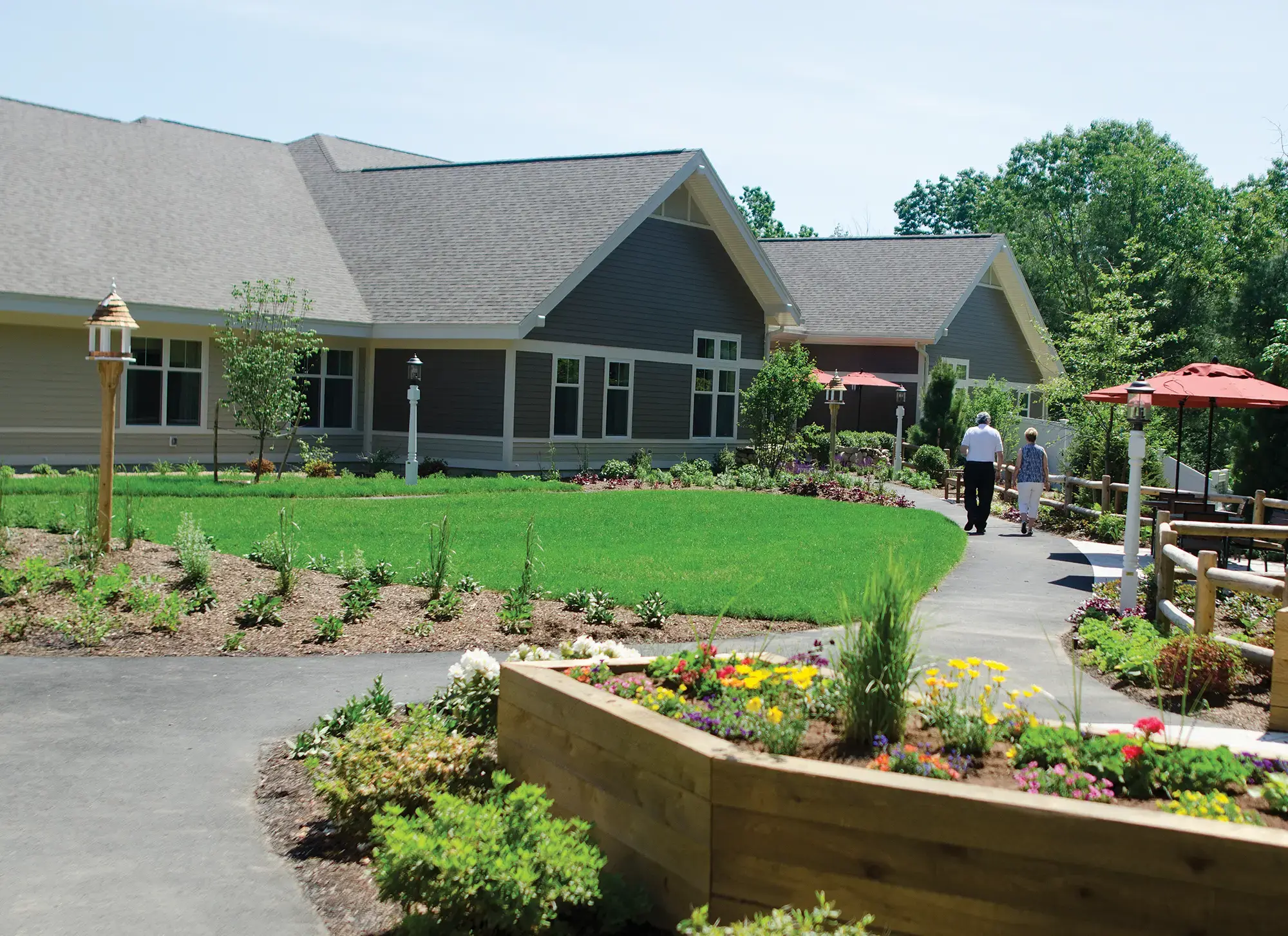
We’re always looking for new ways to grow our creative programming. We take feedback from residents and loved ones. We try new formats and bring in new voices. If you’re curious about what’s coming next or if you would like to join us for a visit, we’d love you to reach out.
Schedule a tour at Bridges Westford, Massachusetts, or speak to one of our team members today.
Bridges® by EPOCH is New England’s largest standalone memory care provider, with communities across Connecticut, Massachusetts, and New Hampshire.
